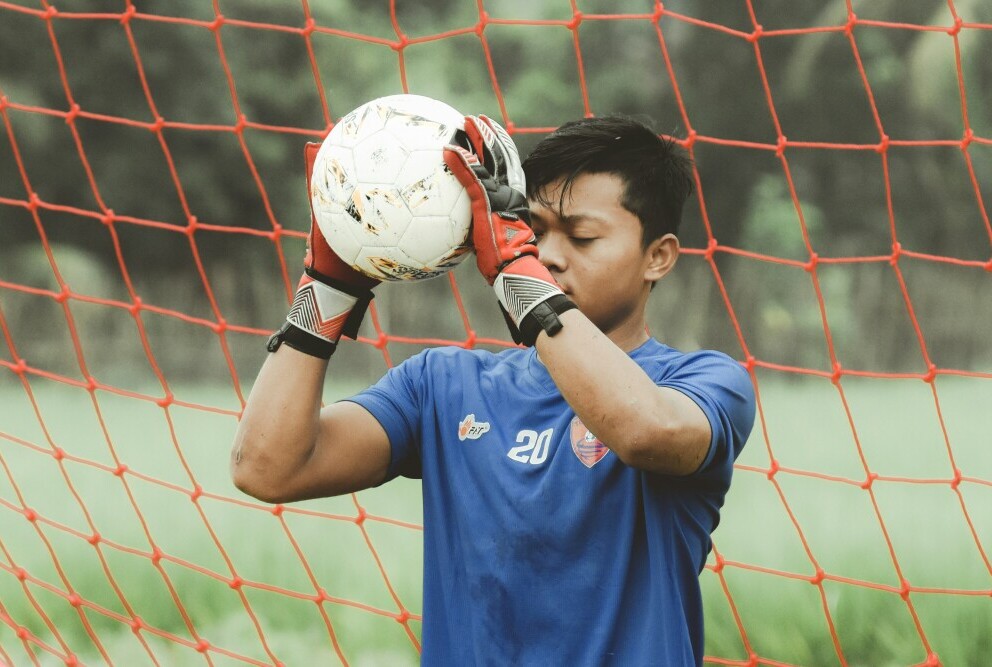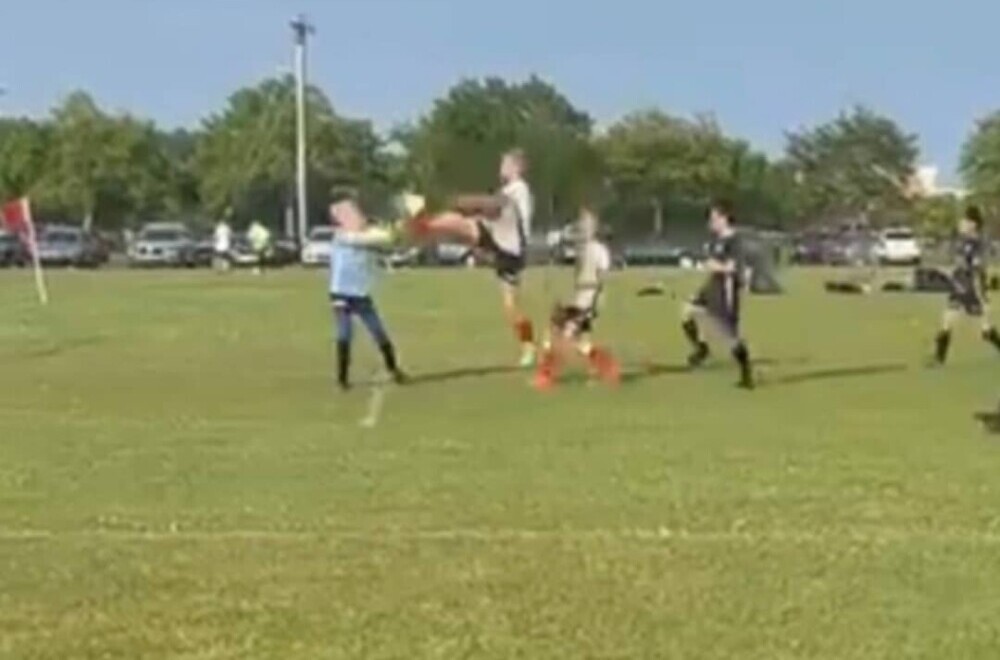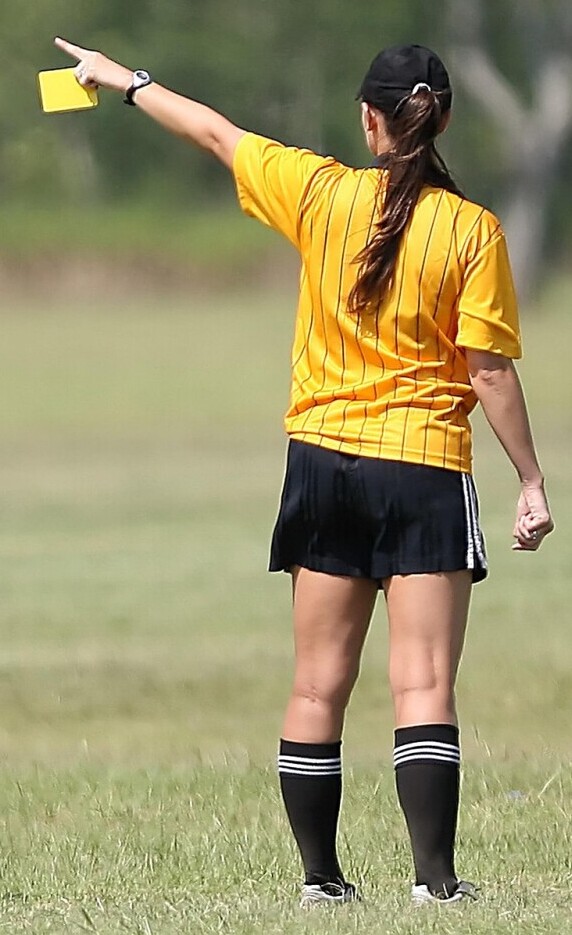 Soccer is a game governed by specific rules designed to keep play structured and fair.
Soccer is a game governed by specific rules designed to keep play structured and fair.
One important method to restart play is the indirect free kick, which is awarded in particular situations.
In this article, I’ll cover seven clear scenarios when an indirect free kick should be given during a match.
These examples not only shed light on the laws of the game but also help players, coaches, and fans understand the nuanced calls that can sway the outcome of a match.
Every soccer match is controlled by a detailed set of rules.
One aspect that stands out is the award of an indirect free kick, often resulting from actions that might seem minor but can affect the pace and fairness of the game.
Whether you’re on the field or cheering from the stands, knowing these situations can boost your understanding of the game’s flow.
In the sections below, each case is explained clearly, along with insights into why the rule exists and how referees apply it during play.
1. When the Goalkeeper Holds the Ball for More Than 6 Seconds
The first scenario involves the goalkeeper holding onto the ball for longer than the allowed six seconds.
This rule exists to prevent time-wasting and ensure that play continues without unnecessary delays.
A goalkeeper’s control over the game is important, but holding the ball too long gives the team in possession an unfair edge.
Officials keep an eye out for this breach because it disrupts the natural flow of the match.
By awarding an indirect free kick at the spot of the violation, referees make it clear that excessive delays are not acceptable.
Key details include the fact that the six-second count starts the moment the keeper gains control of the ball.
Modern technology, alongside the referee’s judgment, helps in making sure the rule is enforced smoothly.
This regulation encourages goalkeepers to distribute the ball swiftly and keeps the game exciting and dynamic for both teams.
2. When the Goalkeeper Releases the Ball and Then Picks It Back Up
Another scenario occurs when a goalkeeper releases the ball and then deliberately picks it back up without it being touched by another player.
The rule is designed to stop teams from exploiting potential loopholes to delay the game.
Once the ball is released, the keeper is not allowed to handle it again until another player touches it.
This encourages a more open style of play, where all players are involved in moving the ball around the pitch.
In practice, this rule promotes fair contestation.
Referees award the indirect free kick from the location of the infringement, ensuring that the team trying to slow down the game is penalized.
This restriction stops teams from using repetitive actions that might otherwise disrupt the flow of play and gives an opportunity to the opposition to press for possession.
3. When a Player Flicks the Ball Back to the Goalkeeper
A further scenario arises when a player intentionally uses a flick to send the ball back to their own goalkeeper.
Even though such a move might seem harmless, it is considered a form of delaying the game. The intention behind the rule is to prevent teams from stalling the match or gaining an unfair advantage by easily recycling the ball.
When a flick is used deliberately to return the ball to the keeper’s hands, an indirect free kick is granted to the opposing team.
This regulation encourages players to use more creative and forward-moving passes. Instead of simply resorting to safe, repetitive plays, teams are urged to move the ball with purpose.
Referees monitor these actions carefully, and even a seemingly minor infraction can provide the opposition with a chance to regain control and keep the match lively.
4. When a Player Steals the Ball from the Goalkeeper’s Hands
Soccer is fast-paced, and there are moments when a player might try to snatch the ball while it is still in the goalkeeper’s grasp.
Although this effort can be seen as an attempt to put pressure on the keeper, doing so inappropriately may lead to dangerous situations.
If a player deliberately strips the ball from the keeper’s hands, an indirect free kick is awarded to the goalkeeper’s team.
This rule is enforced to discourage overly aggressive challenges that could risk injury or create unfair play.
The penalty applies regardless of whether the steal is successful, emphasizing the need for safe, controlled play.
Referees assess the situation by considering both the intent behind the action and the potential risk involved, ensuring that the game remains balanced and safe for everyone on the field.
5. Dissent: Offensive, Abusive, or Insulting Behavior
Incidents in which a player exhibits offensive, abusive, or insulting behavior towards a referee, an opponent, or even spectators are dealt with swiftly.
Maintaining respect on the field is very important, and any form of dissent undermines the spirit of fair competition.
When a player behaves in this manner, an indirect free kick is used as a form of punishment and a warning.
Referees have the authority to decide when the behavior crosses the line, regardless of whether the comments are directed at officials or rival players.
The rule not only penalizes poor conduct but also acts as a deterrent, ensuring that players maintain a respectful attitude throughout the match.
In doing so, soccer continues to promote a positive and competitive environment for everyone involved.
6. Dangerous Play: High Kicks and Risky Maneuvers
Safety is a top priority in soccer, and referees are quick to penalize dangerous play.
Actions that might not result in direct contact can still be deemed risky if they potentially endanger other players.
For example, executing a high kick near an opponent—even if unintentional—can be considered dangerous and may result in an indirect free kick being awarded.
This regulation is intended to protect players by minimizing the risk of injury during fast-paced play.
Even when a high kick is not meant to be aggressive, its unpredictable nature can create hazardous situations on the pitch.
By calling for an indirect free kick in these instances, referees help to maintain both fairness and safety during the game.
7. When a Player Impedes the Progress of an Opponent without Contact
The final situation examined is one in which a player deliberately obstructs an opponent’s movement without making physical contact.
Such blocking actions can slow the game down and give an unfair advantage to one team by hindering an opponent’s ability to join the play.
When a referee notices that a player is intentionally blocking the path of an opponent, an indirect free kick is awarded.
This rule reinforces the importance of keeping the play open. Even if no contact is made, simply impeding an opponent’s progress disrupts the balance of the game.
By penalizing such behavior, the rule ensures that every player has the space and opportunity to engage in active play, keeping the match exciting and competitive.
Final Thoughts
A solid grasp of when an indirect free kick should be awarded deepens your understanding of soccer’s tactical side.
From a goalkeeper’s extended possession to a player’s deliberate obstruction, these seven scenarios highlight how the rules work to maintain a fair and fast-paced match.
Each regulation is designed not just to penalize a minor misstep but to keep the game moving in a safe and competitive manner.
Referees use these rules to keep play fluid and ensure that every action on the pitch contributes to a spirited contest.
Whether you are coaching, playing, or watching, recognizing these call-worthy moments can change how you view a match.
It isn’t solely about scoring brilliant goals—each decision on the field plays a part in setting the stage for a thrilling contest.
Next time you watch a game, take a moment to note when these situations occur. Understanding why an indirect free kick is awarded can give you a newfound respect for the referee’s role and the overall structure of the sport.
By keeping the game fair and engaging, these rules help guarantee that every match is not only competitive but also filled with excitement from start to finish.
Drop you questions, comments and or your experience in the comment section below.
Happy soccer season!!!!!!!!!!!
” Here’s a little transparency: Our website contains affiliate links. This means if you click and make a purchase, we may receive a small commission. Don’t worry, there’s no extra cost to you. It’s a simple way you can support our mission to bring you quality content.”






3 Responses
Thanks for the informative article. I’ve got a little kid interested in Soccer, but I’m not a expert by any means. I played Soccer as a kid and I occasionally watch the World Cup, but that’s about it. Now I can pass on this helpful Soccer knowledge to her. Some of these though, like the High Kicks and Risky Maneuvers are just part of the game, as the adrenaline is pumping and you’re on the attack. I ended up with a broken ankle when I was younger because some kid tried to jump kick the ball and came down on the back of my heal that was already turning.
Hi Ricky,
Thanks so much for your comment.
I really appreciate you sharing your experience!
It’s awesome to hear your daughter is getting interested in soccer, and even more so that you’re passing along your knowledge to support her.
That’s what the game’s really about—connecting generations and creating memories on and off the field.
And wow, that injury sounds painful! You’re absolutely right—when the adrenaline is pumping, things can happen fast, and that’s why rules like those surrounding indirect free kicks exist—to help protect players from those unintentional but risky moments.
It’s always a balance between staying competitive and staying safe.
Wishing your daughter an exciting soccer journey ahead—and fewer risky jump kicks along the way hahaha.
If you ever have any questions as she gets more into the game, feel free to reach out.
All the best,
Raymond
Hi Ricky,
Thanks so much for your comment—I’m really glad you found the article helpful, especially as you’re passing on the love of the game to your daughter!
That’s such a special experience, and it’s awesome to hear she’s getting into soccer too.
You’re absolutely right—when the adrenaline is high and players are fully in the moment, it’s easy for things like high kicks and risky moves to happen in the heat of play.
Unfortunately, those moments can lead to some painful outcomes—yikes, your story about the broken ankle sounds rough!
I hope that healed up well. It really highlights why those indirect free kick rules exist—not to kill the intensity of the game, but to keep everyone safe while still letting the action flow.
If your daughter keeps playing, I’m sure she’ll have tons of fun—and now with your experience and new insights, you’ll be a great resource and support for her along the way!
Wishing you both the best on your soccer journey
Raymond